Ford applied for a patent for a new system that could allow a driver to monitor whether other vehicles are speeding, information that could then be reported to police – though the automaker says it sees the technology as a way to make it even easier for cops to crack down on speeders. Meanwhile, Ford and other automakers face new legislation that could require future vehicles to come with speed limiters.
Remember the other day when you were running late for work and pushed into what might politely be described as “extra-legal” speeds? You didn’t get pulled over and there weren’t any speed cameras along your route, yet a summons has just shown up in your mailbox and you’re now facing a hefty fine.
That’s one possibility that could become commonplace based on a new application, titled “Systems and Methods for Detecting Speeding Violations,” that Ford has made to the United States Patent and Trademark Office.
The system it essentially a mobile tattletale. It would allow cars to track each other’s speeds and, if one of them is traveling over the limit it could then use its onboard cameras to record the incident and then transfer that image and accompanying data to authorities.
Crackdown on speeding
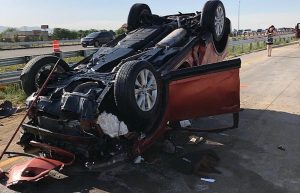
Speeding has increased sharply since the COVID pandemic first struck. And it’s being blamed for as much as a third of highway fatalities.
Speeding has long been a problem on American roadways and, during hearings earlier this year, California authorities said it plays a role in about a third of the vehicle fatalities in the state, making it even more of a problem than drunk and drugged driving.
The problem has grown worse since the start of the COVID pandemic. In the first few months, as businesses closed or shifted to work-from-home schedules, authorities around the country reported a huge surge in high-speed driving and subsequent crashes. Motorists continue to drive faster, on average, today than before the pandemic, according to state and federal data.
“California, like the nation as a whole, is seeing a horrifying spike in traffic deaths, with thousands of drivers, cyclists, and pedestrians dying each year on our roads,” said state Senator Scott Wiener during a hearing on a measure meant to crack down on speeding.
Betting on new technology
The measure passed the California Senate in May would require 50% of the vehicles sold in the state to have factory-installed passive speed limiters by 2029. That would jump to 100% by 2032. The proposal must now pass the Assembly by the end of August, then get signed into law by Gov. Gavin Newsom before going into effect.
In Europe, a similar measure went into effect on July 7. It requires manufacturers to equip all new vehicles with “Intelligent Speed Assistance,” or ISA, technology.
Ford’s patent takes a novel approach that makes use of all the various radar and camera sensors being installed into the latest vehicles. They would remain vigilant as long as the vehicle is being driven, constantly watching surrounding traffic and potentially recording speeders.
More on Automotive Safety
- Americans Say They’re Ready to Be Slowed Down
- United Nations Launches Global Auto Safety Campaign
- California Wants Automakers to Install Speed Limiters
Not a tattletale

Today’s digital clusters can display safety messages, whether advising a driver to buckle up or flashing to show they’re exceeding the speed limit.
Contacted by Headlight.News, Ford spokesman Alan Hall stressed that while the new system could be installed in any vehicle, it is specifically meant “for application in law enforcement vehicles, such as the Ford Police Interceptor, as it would automate a capability that law enforcement already have in use today, except this could utilize the built-in systems and sensors in law enforcement vehicles in the future.
“Driving data from customers’ vehicles would be shared with law enforcement, which is what some media have incorrectly reported,” Hall continued, noting that patent applications don’t necessarily indicate that a company like Ford would actually put such technology into production.
It would certainly seem an odd thing for a company like Ford to use such technology, said one analyst, considering Ford’s emphasis on performance with vehicles like the Mustang and the Ford GT.
Crackdown will accelerate
But it seems all but certain the crackdown on speeding will accelerate, so to speak, and in a variety of forms.
The National Highway Traffic Safety Administration has even raised the prospect of rolling back speed limits – though that doesn’t appear to be gaining much traction with state lawmakers, even as they look for technological solutions to speeding. Michigan raised its top speed to 75 mph on some rural interstates several years ago. Texas officials approved an 85 mph limit on a route near Austin a decade ago.
But the state – like many others – has also begun using variable speeds that can be adjusted to respond to local conditions, such as bad weather, heavy traffic or crashes. Variable limits have long been commonplace in Europe, notably on the German Autobahn where there are no speed limits at all on some stretches.
What next?
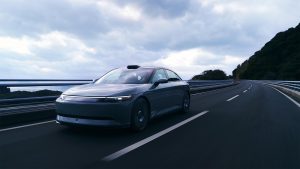
The ultimate solution may be autonomous vehicles that could be programmed not to exceed the speed limit.
European lawmakers became the first to turn the problem over to the auto industry. Cars introduced after July 7 now must be capable of reading roadway speed limit signs. What’s next is up to the manufacturer. They may simply produce a visible or audible alert if you exceed the limit – but they could also install technology that would limit how fast a vehicle could travel over the limit. The new rules exempt emergency responders.
The same would be the case if California Senate Bill 961 goes into effect. Sponsors initially hoped to introduce technology setting a maximum speed a vehicle could travel over the limit but it was watered down to simply sound an alert.
Many folks might already find their cars reminding them when they speed. When equipped with built-in navigation, most of the models on sale in the U.S., such as the 2024 Lincoln Navigator and Volvo XC90, already read highway speed signs and display them on their digital screens. When the limit is exceeded, the readouts typically change color or flash.
It may be just a matter of time before speed limiters are required – or before vehicles will tattle on one another when they drive too fast.
The long-term solution, though, may have to wait until fully autonomous vehicles are ready for widespread use. They could be programmed specifically not to exceed the posted limit — though proponents of the technology believe they could be so safe they might be permitted to travel faster than vehicles being driven manually.



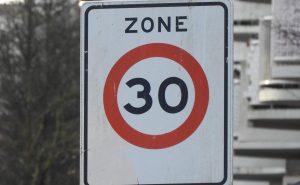


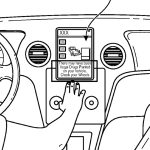
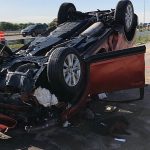
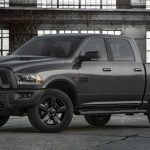
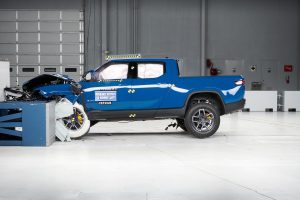
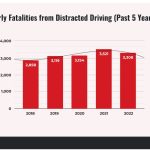

0 Comments